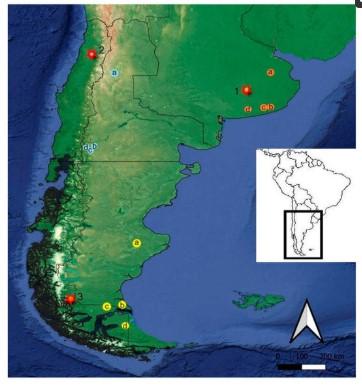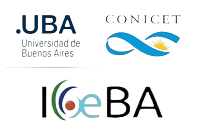Karina Vanesa Chichkoyan, Hugo Gabriel Nami
2 025
Quaternary 2025, 8(1), 14
As humans expanded across the globe, the Americas were the last continents to be colonized. While debates persist regarding the timing and mechanisms of this process, it is widely accepted that by the Pleistocene–Holocene transition, the New World was populated from Alaska to Tierra del Fuego. During this period, hunter-gatherer societies demonstrated remarkable cultural and adaptive diversity, particularly in subsistence strategies and technological innovations. The colonization of the Americas offers valuable insights into population dynamics, human–environment interactions, species extinctions, and adaptive capacities. From an interdisciplinary perspective that combines an isotopic analysis of megafaunal remains with archaeological evidence, this study examines human interactions with Pleistocene fauna in the south–central region of South America’s Southern Cone. Isotopic analyses provide information about the diets, adaptations, and climatic challenges faced by megafaunal communities. Archaeological evidence reveals that humans utilized megafauna and other Pleistocene species for food and tool production. These findings are supported by evidence such as cut marks and bone tools, but also by sealed sediment layers and/or indisputable associations of lithic artifacts. This research contributes to our understanding of human dispersal in the Southern Cone during the colonization of the Americas, shedding light on the regional environments and adaptive strategies of early populations.

